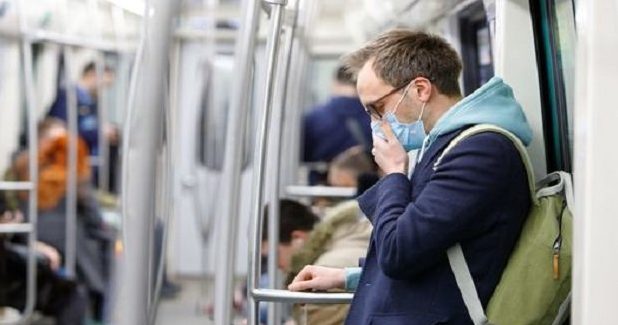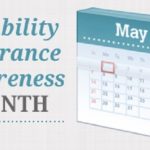Pandemic Checklist: How Individuals Can Prepare

(PropertyCasualty360.com) Despite efforts to contain the outbreak, the coronavirus is continuing to spread throughout the world. As of March 5, the virus had already claimed the lives of 11 people in the U.S., where there are more than 150 reported cases across 15 states, according to CNN. Globally, there are close to 95,000 confirmed cases of COVID-19 in more than 70 countries and territories. In light of disease’s severity, the editors at FC&S Expert Coverage Interpretation have developed a checklist for individuals and businesses to help everyone prepare for potential illness and slowdowns in business and supply chains.
Assessing Risk
First, individuals and businesses should assess their risk of exposure or infection to understand the proper precautions to take.
HIGH RISK:
Living in the same household, intimate relations and/or caring for someone with a confirmed case of COVID-19 without using precautions (precautions are keeping the ill person in a separate bedroom, use of gloves and masks for any contact, and proper handwashing).
Travel from Hubei Province, China.
MEDIUM RISK:
Close contact with someone with symptoms of infection but not high risk. Being in an airplane within 6 feet of someone with the infection, living in the same household, intimate relations, or caring for someone with the infection and consistently using all recommended precautions.
Travel from mainland China outside Hubei province and not having any high-risk exposures.
LOW RISK:
Being in the same indoor environment as someone with the virus for a prolonged period of time but not within close (6 feet) contact.
Travel on an aircraft within 2 rows of a traveler with the virus but not within 6 feet and not having any exposure that meets medium or high-risk exposure.
NO RISK:
No interactions with people with symptoms of the disease, such as walking by the person or being briefly in the same room.
Pandemic preparation checklist for Individuals:
1. Wash hands frequently for at least 20 seconds, particularly when you get home from being out in public. Changing clothes is not a bad idea either.
2. Wipe down surfaces regularly, especially doorknobs and counters.
3. Clean remotes, phones, keyboards.
4. Stock up on dry goods and food for approximately 2 weeks; this is so that if you need to self-quarantine, you have supplies handy. No need to hoard, but having some extra on hand gives you wiggle room. Be sure to have Acetaminophen, aspirin, Gatorade or similar drinks, and nausea medication handy just in case.
5. Be sure to keep your supply of prescription medications up to date; do not wait until you are out of medications to order a refill.
6. Face masks are not needed unless you are ill. They should be used if you are unwell to prevent the spread of the virus to others. It’s important that if you are using a face mask that it fits properly, and you avoid touching the front of it.
7. Develop a plan for if schools are closed or if your child is sick and cannot go to daycare; your current ‘plan B’ may not be available, so have a ‘plan C.’
8. If traveling, consider plans for if you get stuck overseas or on a cruise ship and cannot get home.





Comment (0)